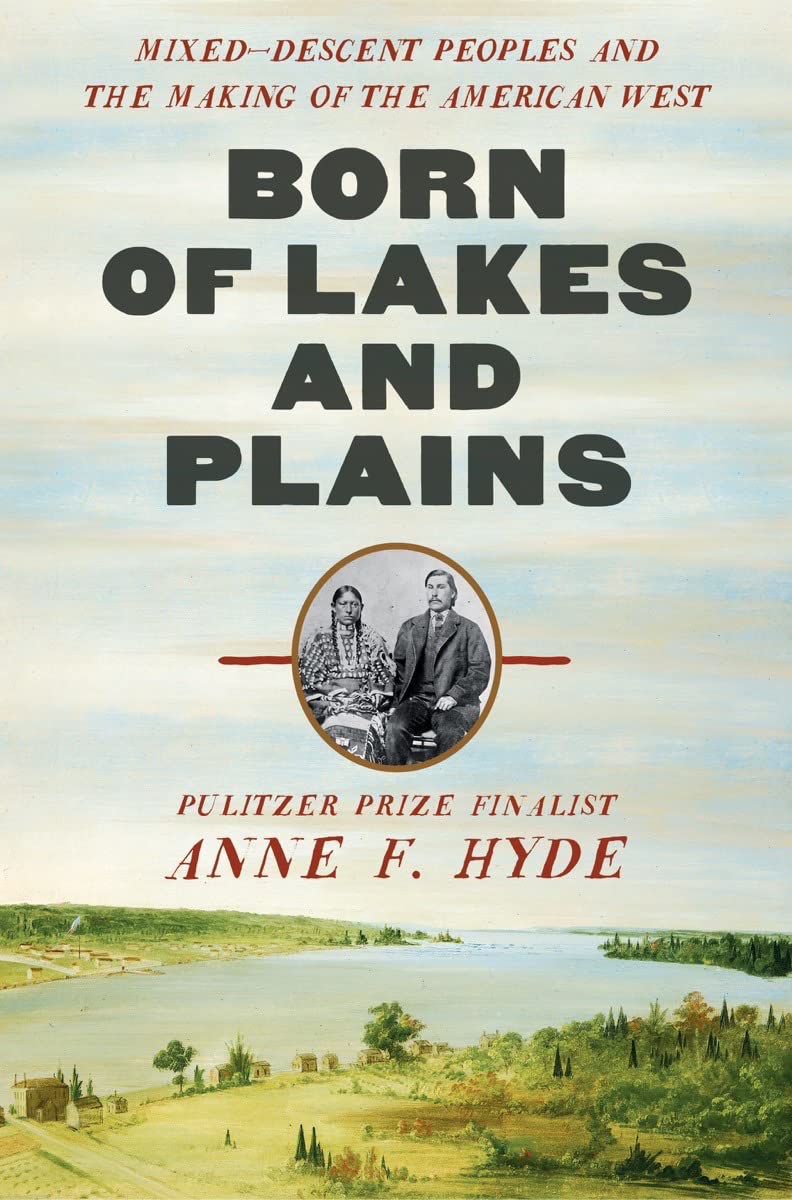As tentative peace between indigenous Americans and Europeans in the eighteenth century created conditions for an expanding fur trade in North America, demand for fur exploded in Europe. As a luxury—like coffee, tulips, and spices—the more expensive fur got, the more people wanted it. As prices doubled in both the London and the Paris markets over the eighteenth century, the number of furs crossing the Atlantic quadrupled. From just two ports on Hudson’s Bay, furs shipped each season increased from two thousand pelts in 1710 to fifty thousand pelts by 1740. Combined with the less recorded but still vast trade from the smaller French companies that operated around the Great Lakes, somewhere between 400,000 and one million animal skins left North America each year during most of the eighteenth century. The trade would eventually deplete the supply of animals, but only after another century of steady expansion.
A dense human network evolved to hunt, kill, package, ship, and make clothing from millions of beavers, martens, and minks. Brave or desperate young men left home to live among Native American people who didn’t speak French or English. They left from docks along the St. Lawrence or from Hudson’s Bay in small canoes filled with Crees, Ojibwes, or Hurons. From the moment they arrived at Hudson’s Bay, where large Cree settlements encircled the trading posts, or at the edge of Lake Ontario, where Ojibwe and Odawa villages lined the shore, European men entered a new world. Native people knew that landscape like they knew their own skins, and the fur trade made that knowledge valuable. A young Hudson’s Bay Company officer admitted that “we would have starved if we did not send out those Indians that keep constant attendance to shoot geese and hares.”
The mixed-descent families made in a Native world were a key component of the global fur trade. Every winter produced a harvest of furs, new relationships, and babies. Every spring European men filled their canoes with furs and hides, dried and pressed into ninety-pound packs. Their local partners loaded household goods and children to move to summer villages, now located near trading depots like Michilimackinac, where Lakes Huron and Michigan come together. In 1763 a British census estimated that more than fifty thousand Native people lived by hunting and growing crops around the Great Lakes. That population overwhelmed the perhaps two thousand European men who lived among them.
Marrying and bearing children together didn’t end violence between indigenous and European Americans. In the 1750s, when colonial wars replaced Indian peace, the means to survive the violence became personal. Indian women, making choices that benefited their families and nations, took risks to weave new families from strangers arriving in their villages and from fur traders who wanted clan business.
